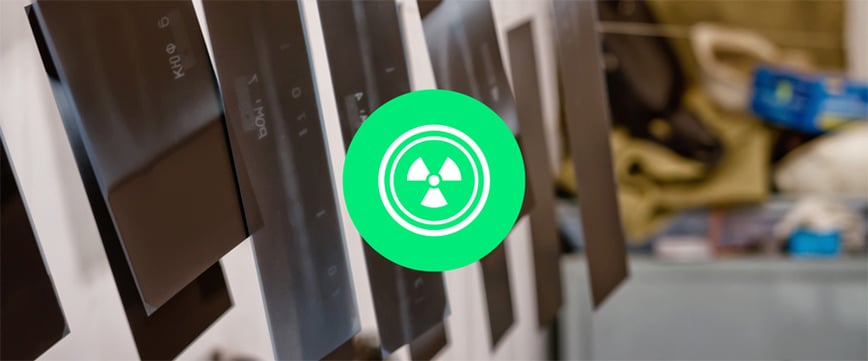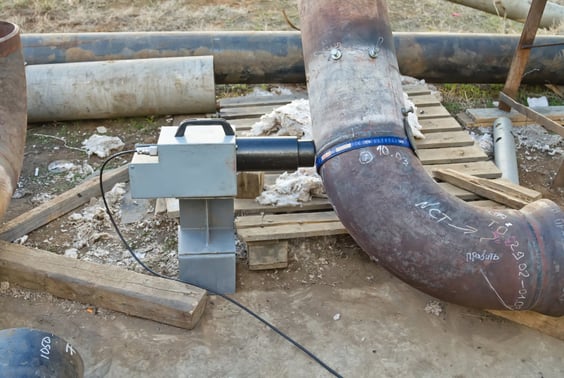Radiographic testing: uncovering the invisible.
Get a detailed image of internal structures through X-ray or Gamma ray inspections.
Radiographic inspections.
By using X-rays or gamma rays to penetrate the material in question and create a detailed image of its internal structure, qualified inspectors can identify any potential defects that could compromise product integrity - such as cracks, voids or inclusions within construction materials. This recognizes radiographic inspection as a valuable process across multiple industries including aerospace operations, automotive manufacture, construction projects and general manufacturing endeavours – all striving towards maximum outcomes when it comes to quality assurance.
Radiographic testing, also known as industrial radiography or X-ray testing, is a non-destructive testing method used to inspect the internal structure of an object or material. It involves the use of X-rays or gamma rays to create images called radiographs, which reveal hidden defects, structural abnormalities, or material discontinuities.
The radiographic testing process typically involves the following steps:
Equipment setup: A radiographic testing setup includes an X-ray or gamma-ray source, a radiation detector (such as a film or digital sensor), and a control unit. The source emits high-energy radiation, while the detector captures the radiation that passes through the object being inspected.
Object preparation: The object or material to be tested is positioned between the source and the detector. It may require preparation such as cleaning, removing surface coatings, or applying contrast agents to enhance image quality.
Exposure: The X-ray or gamma-ray source is activated, emitting radiation that penetrates the object. The radiation interacts differently with the internal structure, depending on the density and thickness of the material. Areas with less density or voids allow more radiation to pass through, while denser regions attenuate or block the radiation.
Image capture: The radiation that passes through the object reaches the detector, which records the exposure. In traditional radiography, film-based radiographic film is used, while digital radiography uses digital detectors that convert radiation into digital images in real-time.
Image processing and interpretation: Once the exposure is complete, the radiographic film is developed, or digital images are processed. These images are then examined by trained technicians or inspectors who interpret them for any indications of defects, such as cracks, voids, inclusions, or discontinuities. Advanced image analysis techniques, including computer-aided inspection, may also be employed for more precise evaluation.
Radiographic testing is widely used across various industries, including aerospace, automotive, construction, manufacturing, oil and gas, and more. It is particularly valuable for inspecting welds, castings, pipelines, pressure vessels, and other critical components or structures.
Although radiographic testing is an effective method for detecting internal flaws, it does have some limitations. These include the need for radiation safety precautions, restricted access to the object being tested, and the inability to provide real-time results in traditional film-based radiography.
Overall, radiographic testing is a vital tool in non-destructive testing, providing valuable insights into the internal integrity and quality of materials and structures.

Use our global database of professionals.
At Inspexion.com, we provide a variety of inspection quotes for NDT inspections. We pride ourselves on being the quickest and most cost-effective way for you to get the right inspections done. Simply sign up and post a request for services and our network of qualified inspectors will bid for your project. Select the quote that suits your budget and timeframe and an experienced inspector will do an NDT inspection and send you a report in your chosen time frame - it's never been easier to manage your NDT inspections.
Why Choose Us
Global Network of Professionals
Vetted and registered professionals in a worldwide network.

Define your own
Timeline
Define the timeframe for inspections, assign deadlines for the report and submissions!

Manage from one Dashboard
Appoint multiple inspectors in multiple countries to inspect multiple specifications, and manage them all from one dashboard!





